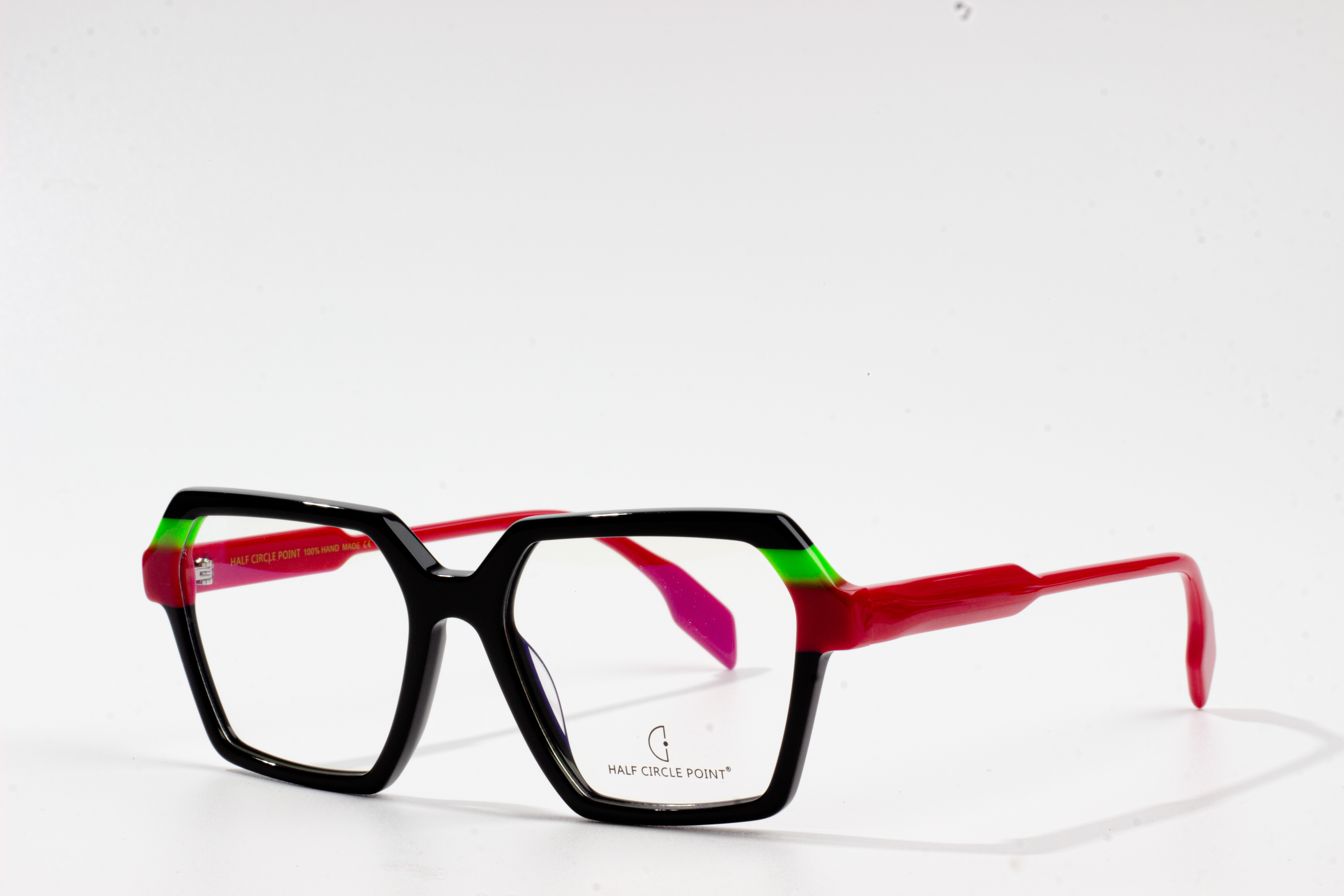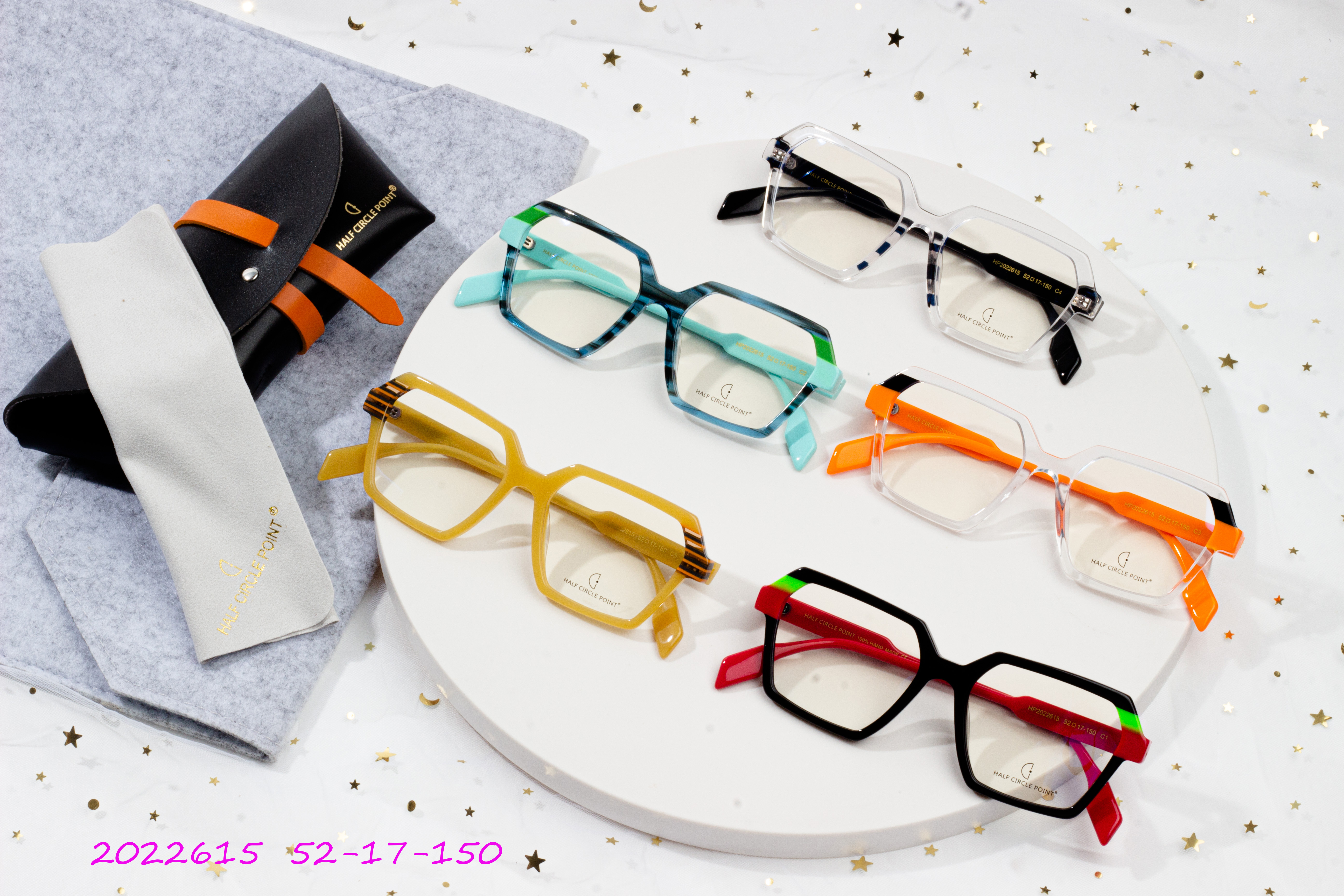With the continuous recovery of the global economy and the continuous changes in consumption concepts, eyeglasses are no longer just a tool to adjust vision. Sunglasses have become an important part of people’s facial accessories and a symbol of beauty, health and fashion. After decades of reform and opening up, China has become the second largest economy in the world. The huge economic aggregate contains huge market potential and business opportunities. Therefore, foreign big beast have also focused their attention on the Chinese market. At present, the most popular ones in China are metal frame glasses, acetate frame glasses and injection-molded frame glasses. At the same time, China is also the world’s largest glasses manufacturing base, with three major bases, namely Wenzhou glasses manufacturing base, Xiamen glasses manufacturing base and Shenzhen glasses manufacturing base, and Shenzhen is one of the most important production bases for mid-to-high-end glasses. However, with the increase in labor costs and material costs in recent years, and in the face of increasingly fierce market competition, what should manufacturers face? Only by optimizing the production process of glasses, replacing labor with more machines, optimizing the production process and improving production efficiency in some links that cannot be replaced by machines.
However, acetate glasses are typically labor-intensive, with a total of more than 150 processes from the production of parts, surface treatment and final assembly. Except for a few production processes such as frame processing and cleaning of glasses, which can be operated using automated equipment, most of the other processes require intensive manual work to complete. With the gradual disappearance of China’s demographic dividend, the labor cost will be higher and higher. Although the country has vigorously advocated and supported intelligent manufacturing, and enterprises have spared no effort to develop automation instead of manual work, as a traditional mechanical processing and manufacturing industry, large-scale automation also indicates high capital investment, especially for glasses. It is a non-standard product with many styles, which makes it more difficult to achieve automated production. Therefore, how to realize the improvement of efficiency, quality and service by optimizing the existing production process has become a severe challenge that enterprises have to face. I believe that many companies are facing this problem now. For example this aspect:
How to systematically solve the problems existing in the production process of acetate glasses, and improve the productivity and quality of acetate glasses by optimizing the existing production process of acetate glasses, and shorten the production and processing cycle of acetate glasses to quickly meet market demand.
Also, because the life cycle of acetate glasses products is only about 3-6 months, the short life cycle also indicates the continuous introduction of new products. For production operation, it needs a set of efficient and stable production process, efficient logistics supply, reliable production quality control and high-skilled production operators to support.
This is a problem that every person in the glasses manufacturing industry must face. It is related to whether the factory can survive in this fierce competition. In this process, quality, production, design and service are all very important. Only by doing all these well, you will naturally become the winner in this competition.
Post time: Sep-13-2022

